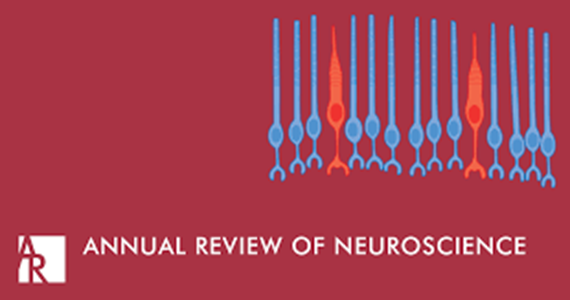The Role of Retrotransposons and Endogenous Retroviruses in Age-Dependent Neurodegenerative Disorders.
IF 12.1
1区 医学
Q1 NEUROSCIENCES
引用次数: 0
Abstract
Over 40% of the human genome is composed of retrotransposons, DNA species that hold the potential to replicate via an RNA intermediate and are evolutionarily related to retroviruses. Retrotransposons are most studied for their ability to jump within a genome, which can cause DNA damage and novel insertional mutations. Retrotransposon-encoded products, including viral-like proteins, double-stranded RNAs, and extrachromosomal cytoplasmic DNAs, can also be potent activators of the innate immune system. A growing body of evidence suggests that retrotransposons are activated in age-related neurodegenerative disorders and that such activation causally contributes to neurotoxicity. Here we provide an overview of retrotransposon biology and outline evidence of retrotransposon activation in age-related neurodegenerative disorders, with an emphasis on those involving TAR-DNA binding protein-43 (TDP-43) and tau. Studies to date provide the basis for ongoing clinical trials and hold promise for innovative strategies to ameliorate the adverse effects of retrotransposon dysregulation in neurodegenerative disorders.逆转录病毒和内源性逆转录病毒在年龄依赖性神经退行性疾病中的作用。
超过 40% 的人类基因组由逆转录病毒组成,这种 DNA 类型具有通过 RNA 中间体进行复制的潜力,在进化上与逆转录病毒有关。人们对逆转录转座子研究最多的是它们在基因组内跳跃的能力,这种能力会造成 DNA 损伤和新的插入突变。逆转录病毒载体编码的产物,包括病毒样蛋白、双链 RNA 和染色体外细胞质 DNA,也可以成为先天性免疫系统的有效激活剂。越来越多的证据表明,逆转录病毒载体在与年龄相关的神经退行性疾病中被激活,而这种激活是神经毒性的原因之一。在此,我们将概述逆转录转座子生物学,并概述逆转录转座子在与年龄相关的神经退行性疾病中被激活的证据,重点是涉及 TAR-DNA 结合蛋白-43(TDP-43)和 tau 的证据。迄今为止的研究为正在进行的临床试验提供了基础,并为改善神经退行性疾病中逆转录病毒载体失调的不良影响的创新策略带来了希望。
本文章由计算机程序翻译,如有差异,请以英文原文为准。
求助全文
约1分钟内获得全文
求助全文
来源期刊

Annual review of neuroscience
医学-神经科学
CiteScore
25.30
自引率
0.70%
发文量
29
期刊介绍:
The Annual Review of Neuroscience is a well-established and comprehensive journal in the field of neuroscience, with a rich history and a commitment to open access and scholarly communication. The journal has been in publication since 1978, providing a long-standing source of authoritative reviews in neuroscience.
The Annual Review of Neuroscience encompasses a wide range of topics within neuroscience, including but not limited to: Molecular and cellular neuroscience, Neurogenetics, Developmental neuroscience, Neural plasticity and repair, Systems neuroscience, Cognitive neuroscience, Behavioral neuroscience, Neurobiology of disease. Occasionally, the journal also features reviews on the history of neuroscience and ethical considerations within the field.
 求助内容:
求助内容: 应助结果提醒方式:
应助结果提醒方式:


